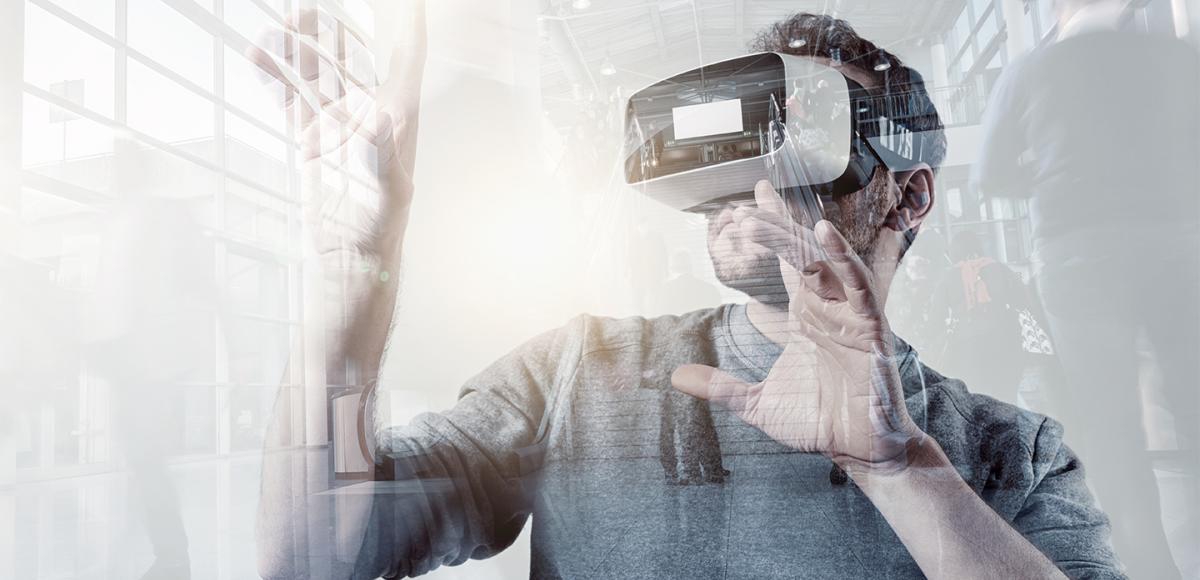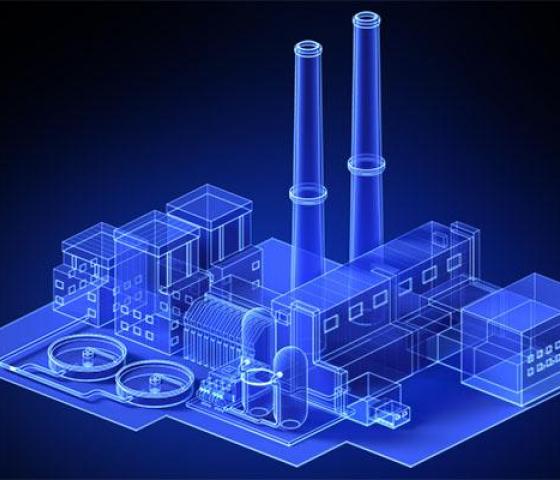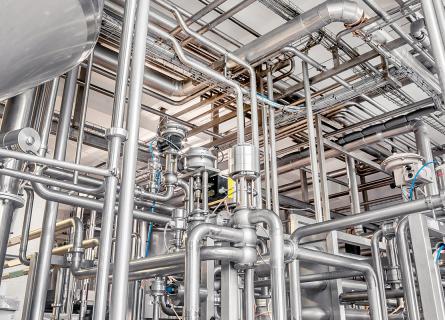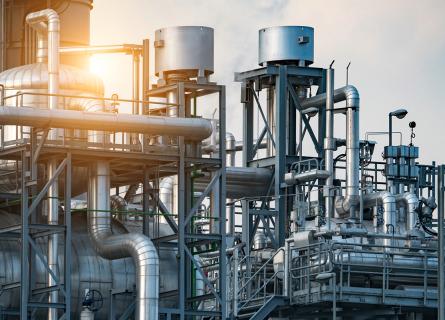
Extended 3D plant model and Virtual Reality revolutionise plant’s digital asset management
When operators and maintenance take the plant’s 3D model as their own tool, utilising it in their own work, the design model produced for the investment project can be used more efficiently during plant’s life cycle.
Digitalisation is currently a hot topic. There is a huge supply and range of applications and systems in the industry. However, before investing in information systems, you need to carefully map out where and what digitalised information can be utilised and how and who will do it. In order to utilise the digitalised plant model, commitment from management to maintenance is needed.
Points to consider before creating a 3D plant model
User needs must always define the level of digitalisation and intelligence. Optimisation should be done when thinking about the accuracy of creating a 3D plant model. After considering what will the future use of 3D plant model be, there are three important questions:
- What areas are already covered by 3D models?
- In what areas the accuracy of photogrammetric aerial photography is enough?
- Do some areas require a more accurate laser scanned model?
- The cost differences between these implementations may vary highly.
Up-to-date data reduces risks of projects and maintenance
The technical documentation of the industrial plants is usually archived either in paper form or electronically on the plant’s systems. In addition, the documentation is not always kept up-to-date during small maintenance or production improvement projects. Therefore, when starting a new project, the starting point situation of documentation and actual implementation has to be checked always separately. Outdated documentation not only increases project lead time, but also increases the possibility of mistakes if new plans are made on the basis of non-updated documents.
Hence, when 3D design and various design models are integrated into a single information system it will benefit not only the implementation of the investment project but also operational functions and maintenance of the plant. When production and maintenance personnel take the plant’s 3D model as their own tool, utilising it in their own work the model remains up to date.
3D model extensions
Plant models themselves often already contain intelligent information, for example in the form of linked equipment information. The intelligence of the plant model can be gradually increased.
In new investments, the design is nowadays done with a 3D model, from where the data generated by different engineering disciplines and suppliers is integrated into one common system. Also modernisation projects provide a good opportunity to digitise the plant technical documentation. It is important to integrate all the modelled parts into a single entity so that total plant data management is possible.
The design-based 3D model is easy to use after the project if the exterior and auxiliary facilities of the site are also included in the plant model. Photogrammetric aerial photography supported by laser scanning has been found to be a good alternative to modelling outdoor areas of plants. The level of detail of the model is sufficient, for example, for maintenance purposes, pre-planning, reviews and even safety trainings.
Already in the early stages of a design project, it is also important to decide what kind of coordinate and rate systems are used in the 3D model to make e.g. the use of positioning applications in the final plant model possible in the future.
From digitalised information to intelligent Virtual Reality
After the digitalisation of the plant data, realistic views of the plant and the site can be made as images, videos or models in Virtual Reality (VR) and Augmented Reality (AR) environments. In recent years, Virtual Reality has turned from a marketing tool into an actual engineering and design tool for both projects and production.
Plant models can be used in Virtual Reality from multiple locations at the same time. With our interactive Virtual Site Designer solution design reviews can be implemented effectively in virtual reality from multiple locations at the same time.
The VR model benefits e.g. multilocation designing, maintenance phase engineering, training, hazardous scenario modelling and induction programs. For example the biggest benefits of 3D plant models for maintenance are simplification of pre-planning and visualisation of pre-designs. Various shareholders can easily be participated in design phase using Virtual Reality which affects the acceptance of plans. Virtual Reality also improves interaction between the various functions of the site when different implementation options can be introduced and studied. All planned options can be placed in a real plant environment, making it easier to understand the actual environment as a whole.
The potential of the 3D plant model as well as the Virtual Reality will increase the efficiency of the plant and significantly increase safety. In addition, the important technical information capital of the plant is always up-to-date and in efficient use in digital form, instead of being in the archive.
Our unique Virtual Site Designer solution
Our experts can support clients in several ways by providing independent opinion and analysis about plant’s digitalisation. The Virtual Site Designer is an interactive virtual reality solution to illustrate content done by combining laser scanning, aerial photogrammetry and 3D engineering model. It is a part of our ”Virtual Site” portfolio. The application is based on a Unity game engine which offers user-friendly and agile customer experience.



